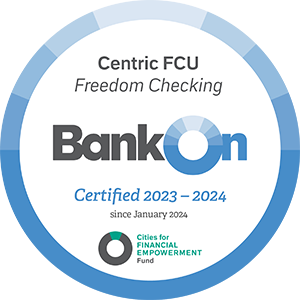As parents, one of our biggest goals is to raise financially responsible kids—but when it comes to teaching them about money, should we give them an allowance or pay them for chores? Both approaches have their strengths and can shape how children view money, work, and responsibility.
The Case for Allowance
A regular, no-strings-attached allowance helps kids learn to budget, save, and make smart spending choices. It gives them the chance to manage their own money in a low-risk environment. Many parents who prefer this method believe that household chores should be part of family life, not something that’s financially rewarded. In this model, the allowance becomes a tool for teaching money management—not payment for helping around the house.
Paying for Chores: Earning Their Keep
On the flip side, paying kids for chores mirrors real-life experiences—work leads to money. This system teaches the value of hard work and helps children understand that income is earned. It also offers opportunities to prioritize tasks, manage time, and save for goals, giving them a sense of accomplishment.
Why Not Both?
A blended approach can offer the best of both worlds. Consider giving a base allowance to help children practice budgeting, and offer additional opportunities to earn through extra chores. This teaches financial independence while also reinforcing the work-money connection.
The Bottom Line
There’s no single “right” way. What matters most is having open, age-appropriate conversations about money. By guiding your children with intention, you’re not just choosing a method—you’re preparing them for a lifetime of smart financial choices and helping them Live Better Financially!
